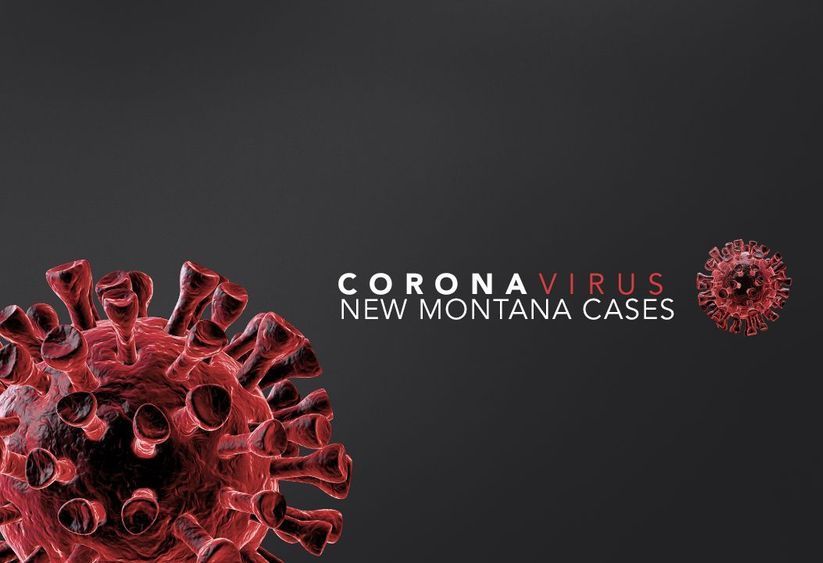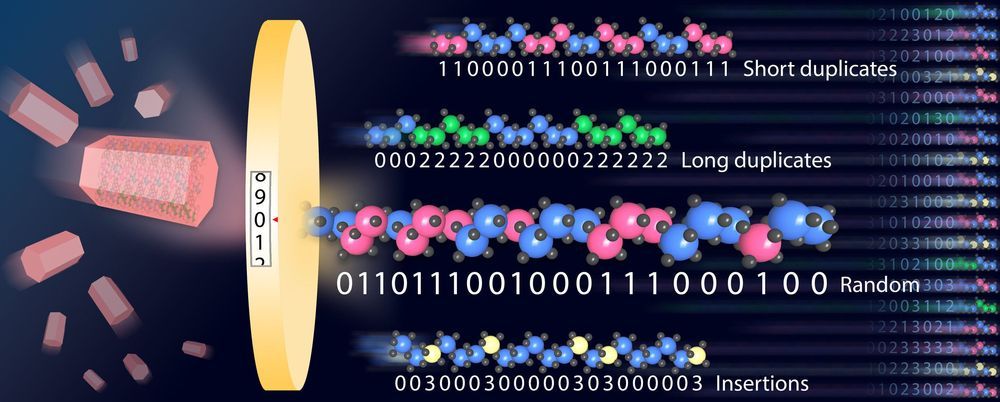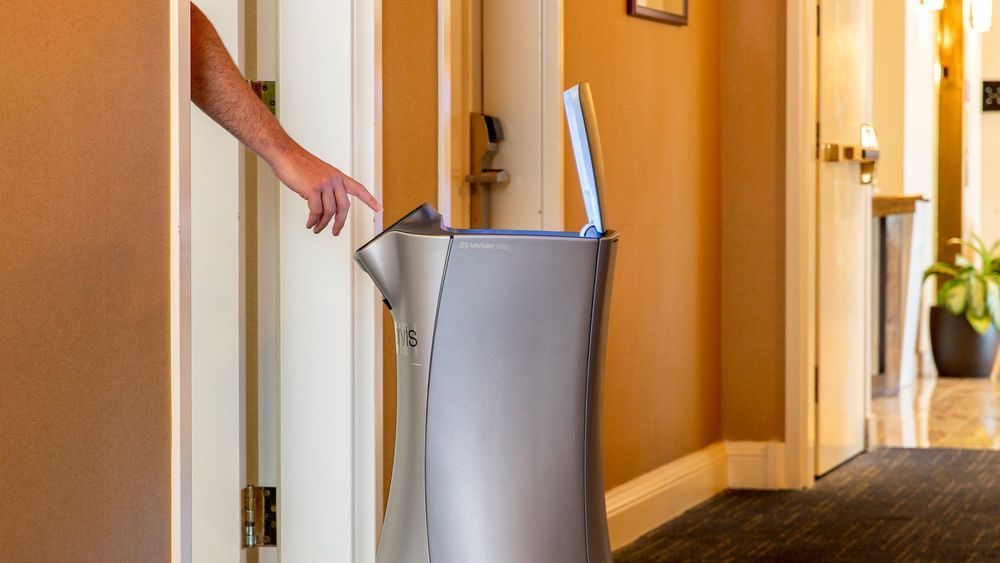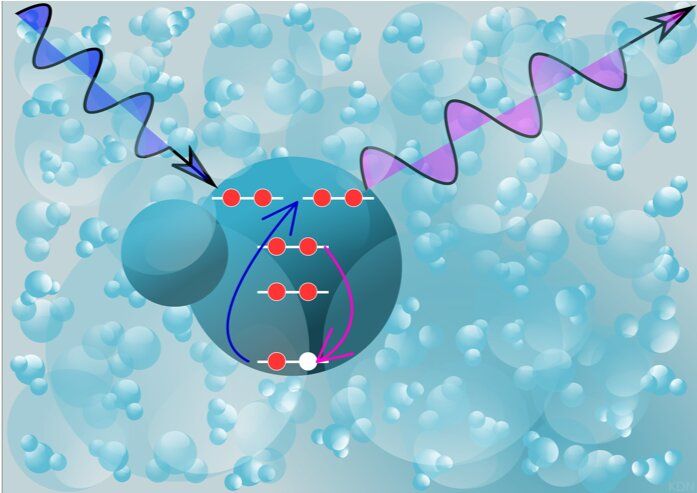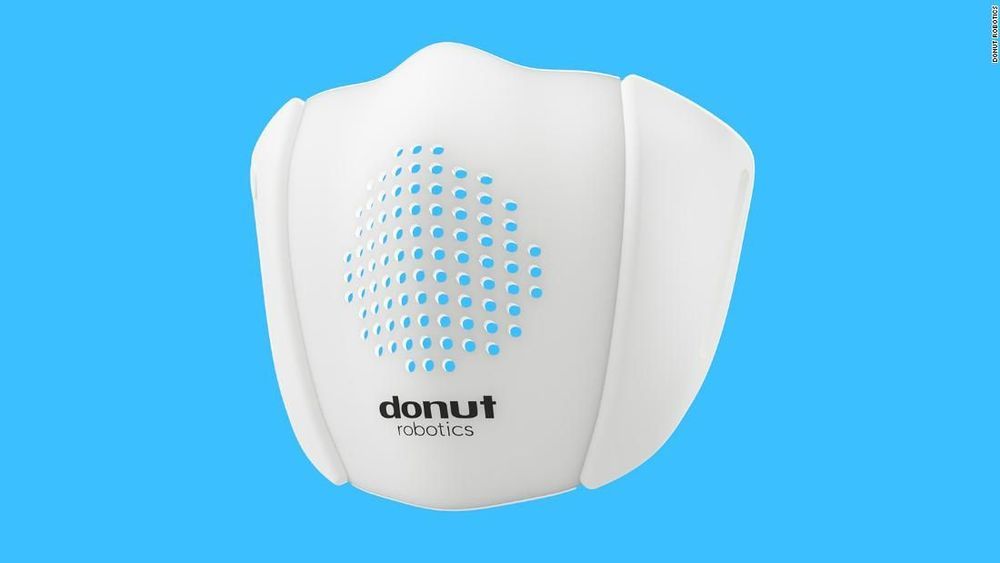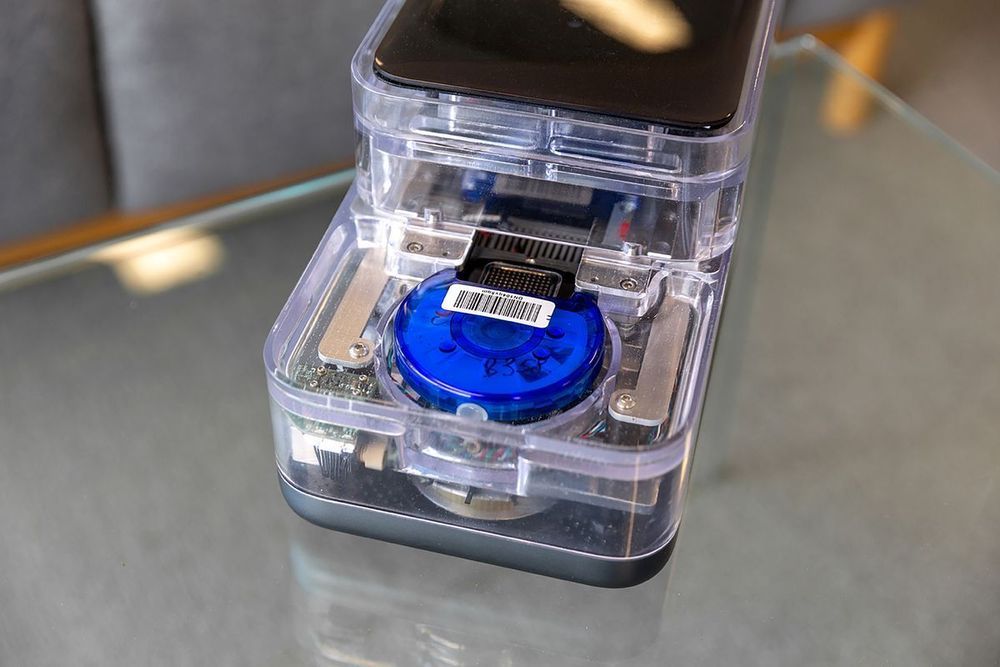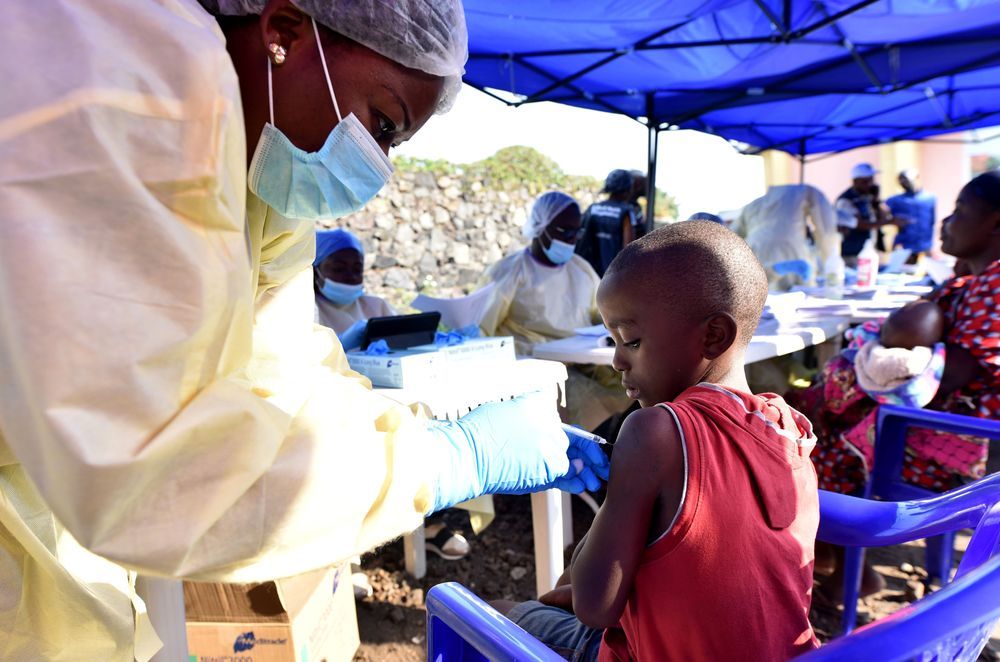Archive for the ‘biotech/medical’ category: Page 1595
Aug 8, 2020
Coronavirus severely restricts Antarctic science
Posted by Genevieve Klien in categories: biotech/medical, science
Keeping Covid out of Antarctica means little research will be done on the continent in 2020–2021.
Aug 8, 2020
Doctors experiment with stem cell therapy on COVID-19 patients
Posted by Lon Anderson in category: biotech/medical
Doctors are hoping stem cell therapy could be a weapon in the fight against coronavirus. On Friday, regenerative medicine company Mesoblast announced a 300-person trial to determine whether stem cell treatments will work in COVID-19 patients suffering from severe lung inflammation.
One hospital in New York tried it as an experiment with 12 patients, 10 of whom were able to come off of ventilators.
“What we saw in the very first patient was that within four hours of getting the cells, a lot of her parameters started to get better,” Dr. Karen Osman, who led the team at Mount Sinai, told CBS News’ Adriana Diaz.
Aug 8, 2020
Programmable synthetic materials
Posted by Saúl Morales Rodriguéz in categories: biotech/medical, computing
Artificial molecules could one day form the information unit of a new type of computer or be the basis for programmable substances. The information would be encoded in the spatial arrangement of the individual atoms—similar to how the sequence of base pairs determines the information content of DNA, or sequences of zeros and ones form the memory of computers.
Researchers at the University of California, Berkeley, and Ruhr-Universität Bochum (RUB) have taken a step towards this vision. They showed that atom probe tomography can be used to read a complex spatial arrangement of metal ions in multivariate metal-organic frameworks.
Metal-organic frameworks (MOFs) are crystalline porous networks of multi-metal nodes linked together by organic units to form a well-defined structure. To encode information using a sequence of metals, it is essential to be first able to read the metal arrangement. However, reading the arrangement was extremely challenging. Recently, the interest in characterizing metal sequences is growing because of the extensive information such multivariate structures would be able to offer.
Aug 8, 2020
4 Palliative Canadians approved for end of life psilocybin therapy through section 56(1) ; First legal medical exemptions for psilocybin in Canada since 1970’s
Posted by Omuterema Akhahenda in categories: biotech/medical, government, health, law
Four Canadians battling incurable cancer have been approved by the Minister of Health, Patty Hajdu, to use psilocybin therapy in the treatment of their end-of-life distress. These 4 patients mark the first publicly-known individuals to receive a legal exemption from the Canadian Drugs and Substances Act to access psychedelic therapy, and the first known patients to legally use psilocybin since the compound became illegal in Canada in 1974. The decision comes after over 100 days of waiting for a response.
“ I would like to personally thank the Hon. Minister Hajdu and the team at the Office of Controlled Substances for the approval of my section 56 exemption. This is the positive result that is possible when good people show genuine compassion. I’m so grateful that I can move forward with the next step of healing” says Thomas Hartle, one the section 56 applicants battling cancer, from Saskatoon Saskatchewan.
Laurie Brooks, another applicant from British Columbia facing end-of-life distress states: “I want to thank the Health Minister and Health Canada for approving my request for psilocybin use. The acknowledgement of the pain and anxiety that I have been suffering with means a lot to me, and I am feeling quite emotional today as a result. I hope this is just the beginning and that soon all Canadians will be able to access psilocybin, for therapeutic use, to help with the pain they are experiencing, without having to petition the government for months to gain permission. Thanks also to TheraPsil for helping the four of us in this fight. To Thomas Hartel and the other two patients – I think of you often and wish you only good things, especially good health!”
Aug 7, 2020
Millions of Americans Have Lost Jobs in the Pandemic — And Robots and AI Are Replacing Them Faster Than Ever
Posted by Derick Lee in categories: biotech/medical, business, employment, government, health, internet, robotics/AI
Many organizations will likely look to technology as they face budget cuts and need to reduce staff. “I don’t see us going back to the staffing levels we were at prior to COVID,” says Brian Pokorny, the director of information technologies for Otsego County in New York State, who has cut 10% of his staff because of pandemic-related budget issues. “So we need to look at things like AI to streamline government services and make us more efficient.”
For 23 years, Larry Collins worked in a booth on the Carquinez Bridge in the San Francisco Bay Area, collecting tolls. The fare changed over time, from a few bucks to $6, but the basics of the job stayed the same: Collins would make change, answer questions, give directions and greet commuters. “Sometimes, you’re the first person that people see in the morning,” says Collins, “and that human interaction can spark a lot of conversation.”
But one day in mid-March, as confirmed cases of the coronavirus were skyrocketing, Collins’ supervisor called and told him not to come into work the next day. The tollbooths were closing to protect the health of drivers and of toll collectors. Going forward, drivers would pay bridge tolls automatically via FasTrak tags mounted on their windshields or would receive bills sent to the address linked to their license plate. Collins’ job was disappearing, as were the jobs of around 185 other toll collectors at bridges in Northern California, all to be replaced by technology.
Aug 7, 2020
Researchers tease out the unique chemical fingerprint of the most aggressive free radical in living things
Posted by Genevieve Klien in categories: biotech/medical, chemistry, engineering
Free radicals—atoms and molecules with unpaired electrons—can wreak havoc on the body. They are like jilted paramours, destined to wander about in search of another electron, leaving broken cells, proteins and DNA in their wakes.
Hydroxyl radicals are the most chemically aggressive of the free radicals, surviving for only trillionths of a second. They form when water, the most abundant molecule in cells, is hit with radiation, causing it to lose an electron. In previous research, a team led by Linda Young, a scientist at the Department of Energy’s Argonne National Laboratory, observed the ultrafast birth of these free radicals, a process with great significance in fields such as sunlight-induced biological damage, environmental remediation, nuclear engineering, and space travel.
Now her team, including researchers from DOE’s SLAC National Accelerator Laboratory, has teased out a unique chemical fingerprint of the hydroxyl, which will help scientists track chemical reactions it instigates in complex biological environments. They published their results in Physical Review Letters in June.
Aug 7, 2020
This Japanese face mask translates into eight languages
Posted by Brent Ellman in categories: biotech/medical, mobile phones, robotics/AI
When the Covid-19 pandemic made face masks an everyday essential, Japanese startup Donut Robotics spotted an opportunity. They created a smart mask — a high-tech upgrade to standard face coverings, designed to make communication and social distancing easier.
In conjunction with an app, the C-Face Smart mask can transcribe dictation, amplify the wearer’s voice, and translate speech into eight different languages.
The cutouts on the front are vital for breathability, so the smart mask doesn’t offer protection against the coronavirus. Instead, it is designed to be worn over a standard face mask, explains Donut Robotics CEO Taisuke Ono. Made of white plastic and silicone, it has an embedded microphone that connects to the wearer’s smartphone via Bluetooth. The system can translate between Japanese and Chinese, Korean, Vietnamese, Indonesian, English, Spanish and French.
Aug 7, 2020
How a DNA Test Machine Mutated to Find Covid in 90 Minutes
Posted by Quinn Sena in categories: biotech/medical, genetics, health
A small DNA-testing company that just months ago was trying to get its footing in consumer genetics is now part of an effort to make U.K. hospitals safer during the pandemic.
The company, DnaNudge, won a 161-million pound ($211 million) order for 5,000 machines and a supply of cartridges to test patients for the new coronavirus in hundreds of the National Health Service hospitals.
Aug 7, 2020
Bill Gates-backed vaccine alliance raises $8.8 billion from world leaders and businesses
Posted by Omuterema Akhahenda in categories: biotech/medical, business
Governments and business leaders pledged $8.8 billion on Thursday to a vaccine alliance backed by the Gates Foundation.
The money was raised at the Global Vaccine Summit, hosted by British Prime Minister Boris Johnson, with funds going toward global vaccine alliance Gavi’s efforts to immunize children amid the coronavirus crisis.
The funding was raised at a U.K.-hosted summit, which saw world leaders pledge billions of dollars to global vaccine alliance Gavi.


